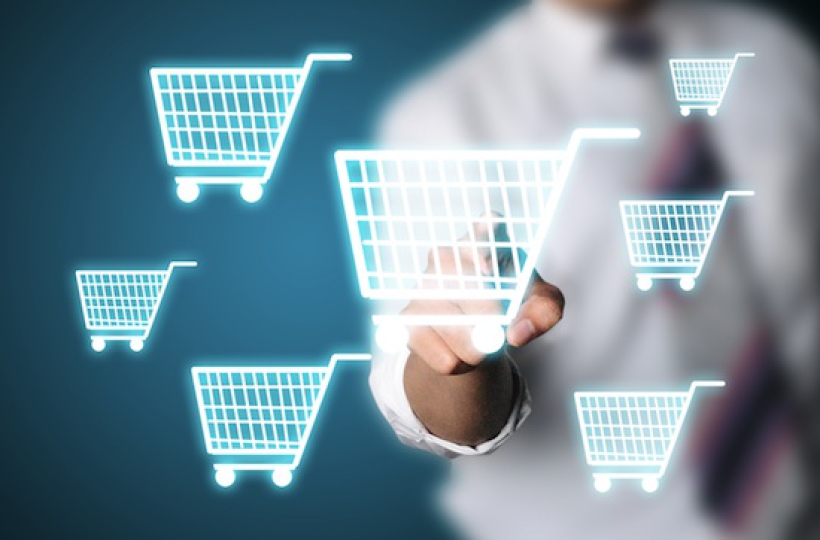The future of e-commerce? The combination of content and commerce.

Phase 3 in e-commerce: the combination of content and commerce
If you take a good look around, you might discern some early examples of phase three. This phase is all about the combination of content and commerce. Several months ago, I was one of a group of entrepreneurs who visited Youku Tudou in Shanghai. This platform is an unknown quantity in these parts but they’re a major player on the Chinese market. Youku Tudou is probably best described as a combination of YouTube (user-generated content) and Netflix (streaming of high-quality content). A few days prior to our visit, the company was taken over by e-commerce juggernaut Alibaba for more than $3 billion. At first we didn’t really get why Alibaba would be interested in buying this content player but before long it started making sense. The answer can be summarized in a single word: data. Just imagine what can be achieved by combining the shopping data supplied by Alibaba with Youku Tudou’s content data. It would be like linking Amazon’s data with that of YouTube so this is a tremendously powerful combination. These companies now have the data and the technology to personalize videos based on your shopping preferences. When a consumer browses the Alibaba site on several occasions in search of a new smartphone, chances are that the main characters in the Youku Tudou video will be using that exact device. For a different consumer this may well be a different smartphone. The beverages consumed by the judges of The Voice are adjusted to match the viewer’s consumption pattern. You can click on the products and you can have them delivered to your home in under an hour. This combination of content and commerce is incredibly powerful.
Not just in China, also in Europe
The largest digital super companies are not the only ones to adopt this approach. Not long ago we were invited by OneFootball in Berlin, creators of the world’s most popular soccer app. It’s a small but extremely smart company. They know the favorite club of every user and when the user’s favorite player finds the back of the net during the game, a jersey of that player is sometimes offered for sale immediately after the goal. Also, they’ve made a deal with Heineken. Everyone knows soccer fans like to have the occasional beer during a game but you may not always have one in the fridge when you’re watching a game on TV. If you opened the OneFootball app right before the start of a Champions League match, you could order a cold six-pack of Heineken at the press of a single button. The bottles were delivered inside thirty minutes so you could have your cold beer during the game. This service was tested in one specific neighborhood in Berlin. With this initial test, 3,000 six-packs were delivered to consumers’ homes. This is also a combination of commerce and content and this will become common practice over the next few years. Mobile is becoming more important in commerce but no one has an e-commerce app on the first two pages of their smartphone. The public at large will discover e-commerce in a different context, or a different location, i.e. locations where content is consumed. Finally we have at our disposal the right technology and data to link that content to commerce in a highly personalized way. This will be the third and captivating phase in the development of e-commerce.